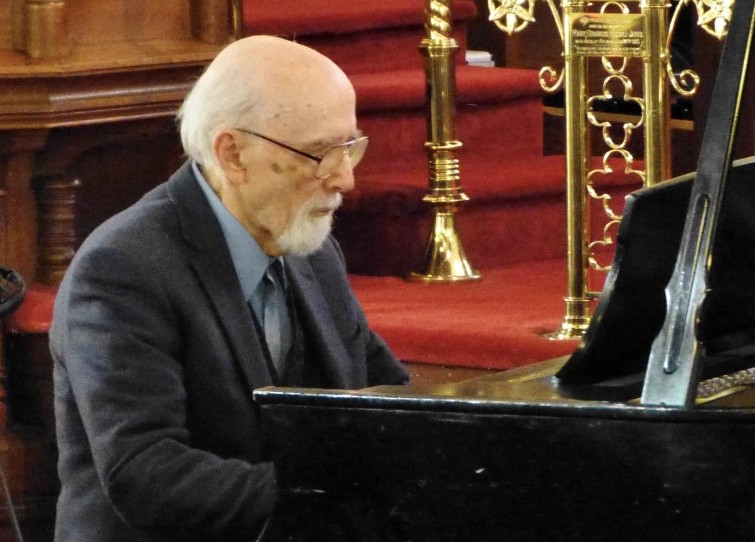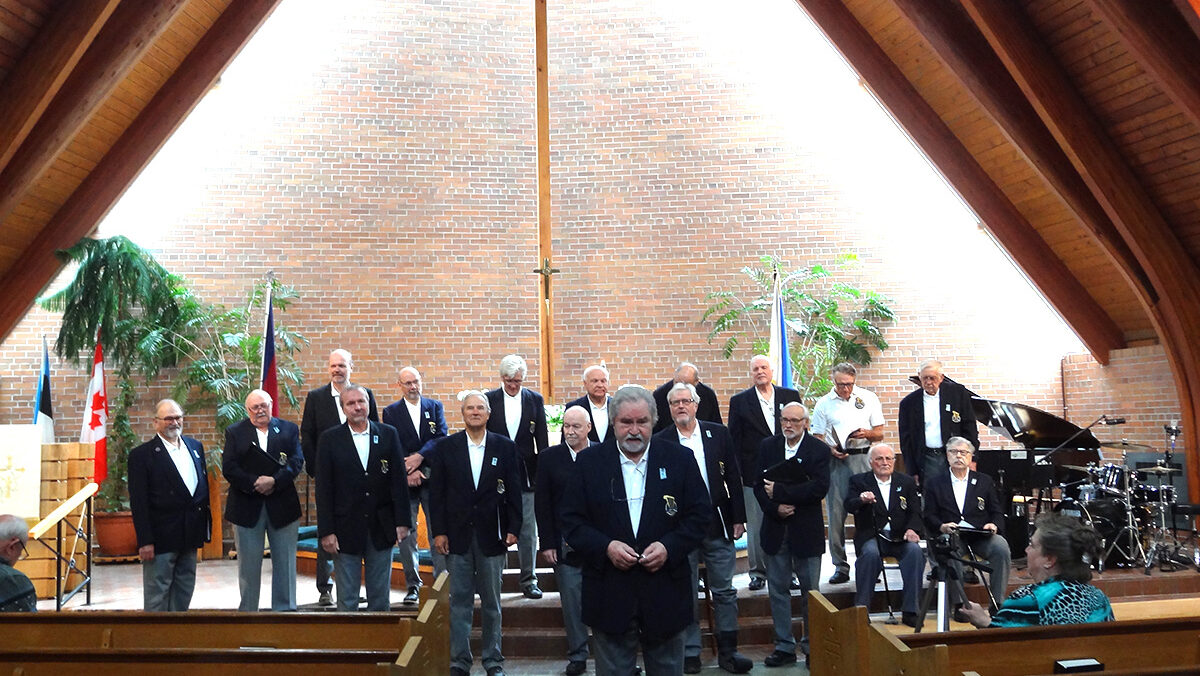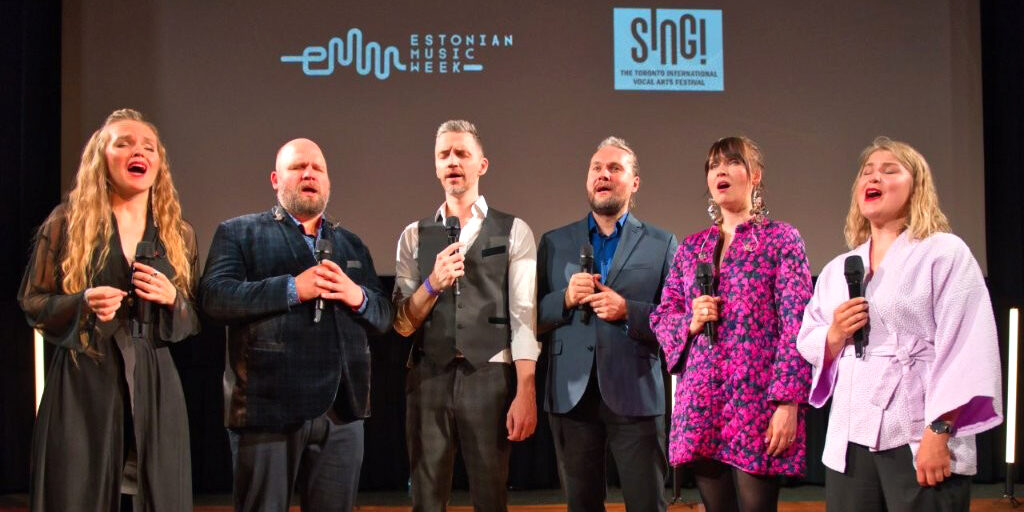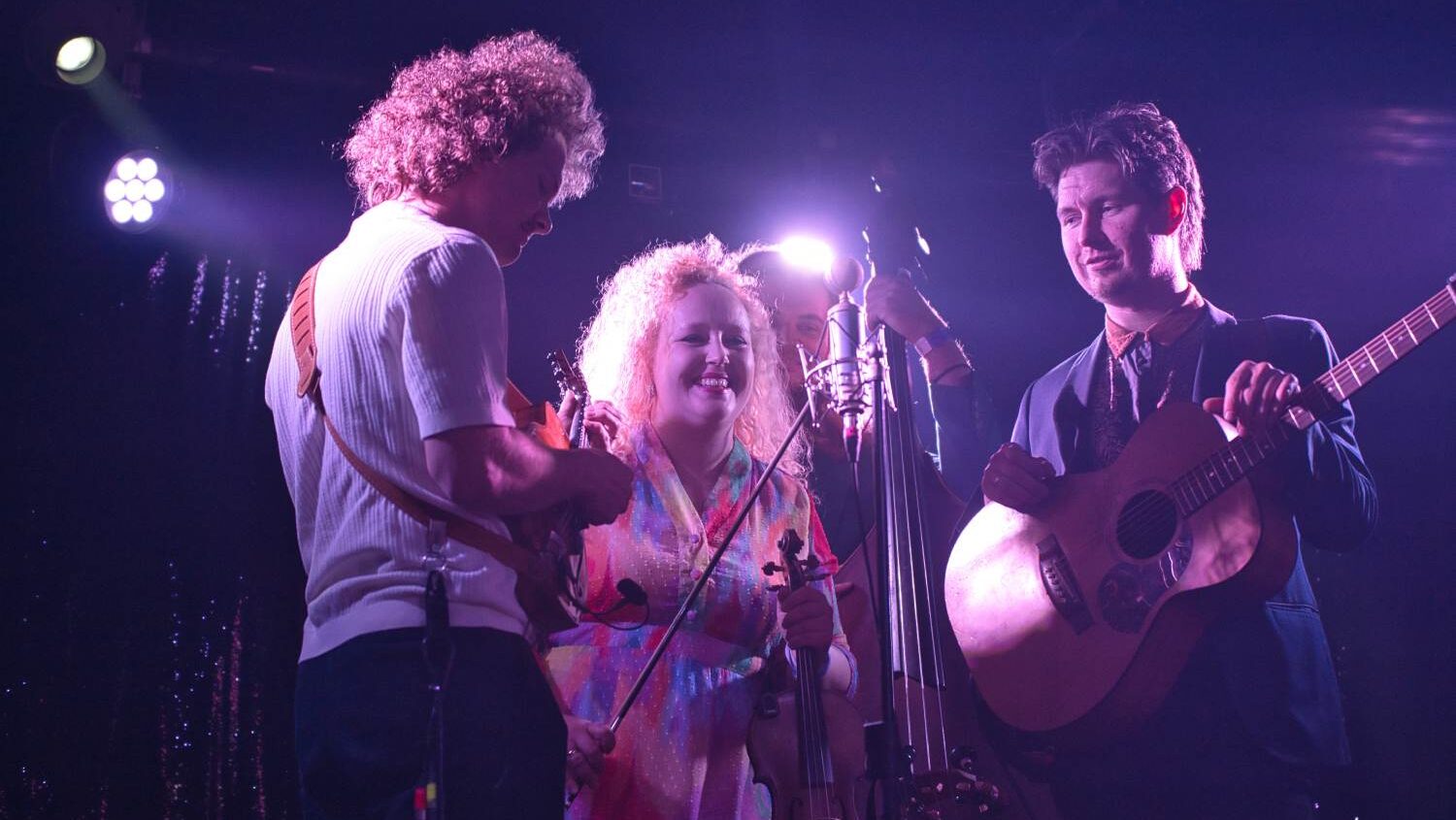We have been convened here today to celebrate Armas Maiste’s 90th birthday and also to explain the significance of the number 190 in Armas’ life. It is my duty and moral responsibility to inform you that we have been invited here under false pretences. It is true that Armas has performed with the Montreal Symphony, les Ballets canadiens, the National Arts Centre Symphony, travelled the world with orchestras, played jazz in venues where no other mortals have set foot and lived to tell about it, taught jazz in Montreal and Toronto. However, it is not true that Armas is 90 years old. Now thanks to lengthy research carried out at the school of musicology at Tartu University by the eminent Estonian-Italian musicologists, Pietro Piccolo Pedante and Rocco Grandiosso Falsetto, we can reveal for the first time the truth about Armas and his claim to be 90. It is in fact impossible for Armas to have achieved all the accomplishments mentioned above in the short space of 90 years. From the extensive research of Professors Pedante and Falsetto, we can now reveal the significance of the number 190. The long-hidden truth is that 190 is Armas’ real age. Records found by our researchers in a piano forte in a basement of one of Tallinn’s beer cellars, contained the birth certificate of one Armadeus von Maistehoven, born on March 9, 1829, 190 years ago. He performed under the name Armadeus for close to one hundred years until the rise of Estonian nationalism when he changed his name to the Estonian sounding Armas Maiste 90 years ago. Further intensive research discovered and explained the reasons for Armas’ long and varied career. It is a unique phenomenon called Maistefication, which refutes the well-known Latin saying “Ars longa, Vita Brevis est, since in Armas’ case both art and life are long.
Perhaps Armas is not 190 years old and really has achieved so much in only 90 years. Therefore, to characterize Armas, his life and career we need to borrow from the eloquence of a writer to describe the significance of Armas and his artistry on the piano. Julian Barnes in his book published a couple of years ago, The Noise of Time, which is a fictionalized account of the life of a musician nearly as well-known as Armas, Dimitri Shostakovich, wrote about art which we can apply to Armas and his piano playing.
“Art belongs to everybody and nobody. Art belongs to all time and no time. Art belongs to those who create it and those who savour it. …Art is the whisper of history, heard above the noise of time.”
Armas and his piano have contributed to the art that is the whisper of history, heard above the noise of time.
Elagu Armas!
Longue vie à Armas et son art!
TÕNU ONU




